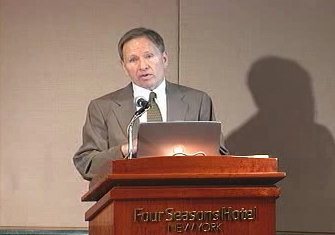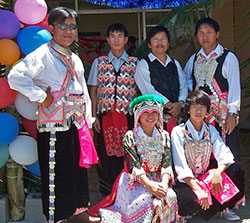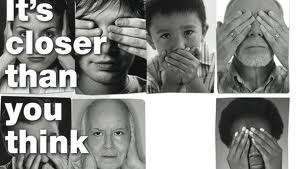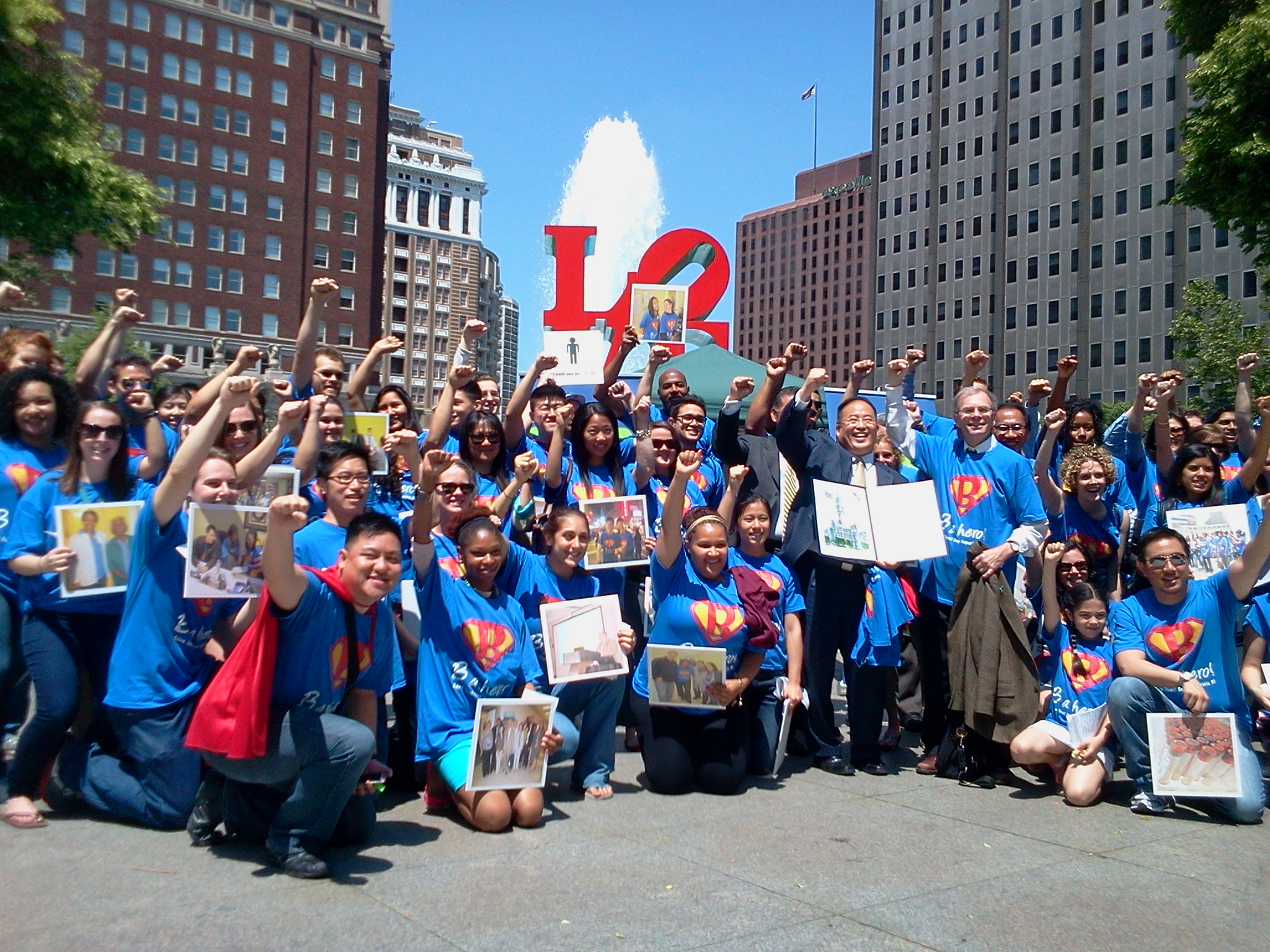From HBF’s expert Guest Blogger, Dr. Thomas London…
If you ask doctors in the United States, or patients with liver disease, or the average person on the street, the answer that you usually get is that Hepatitis C is worse. Hepatitis C has a bad reputation in the media and with the public. We, at the Hepatitis B Foundation, tend to think that hepatitis B is the worse disease, but until now we have not had any basis for that answer. Now we do.
Recently a group of investigators from Johns Hopkins University published a paper with the title “Comparative Risk of Liver-Related Mortality from Chronic Hepatitis B Versus Chronic Hepatitis C Virus Infection”. The answer from this publication is that hepatitis B is more likely to cause liver related death than hepatitis C. It is worth dwelling on how the authors came to this conclusion: unexpectedly, the AIDS epidemic triggered the studies, which made the conclusion possible.
Acquired immune deficiency disease (AIDS) was first reported in the United States in 1981. The disease appeared to be deadly, and it was thought-to-be confined to homosexual men. In fact, it was initially called Gay Related Immune Deficiency or GRID. Although it was soon proven that this new immune deficiency disease was not limited to gay men, it is true that men who had sex with men (MSM) accounted for most of the early cases. In the 1970’s there were several reports that MSM had a high incidence of hepatitis B. For the initial clinical trial of the then new hepatitis B vaccine, MSM in New York City were selected as the study population because of their high risk for hepatitis B infection. In the trial about 27% of the unvaccinated population became infected with hepatitis B virus (HBV) within 18 months, whereas less than 3% of the men who received the vaccine became infected over the same time interval. This result proved the efficacy of the vaccine.
Fast forward to 1984 before the virus causing AIDS was clearly identified, several researchers suggested that a variant of hepatitis B was the cause. A group of investigators proposed a prospective study of MSM who had been tested for hepatitis B and a newly reported anti-HIV antibody, but who did not have immune deficiency disease. By following the men over time, the thought was that it would be possible to observe which infection – HIV or hepatitis B or a combination of both – led to AIDS.
MSM were recruited from 4 cities in the USA (Baltimore, Chicago, Pittsburgh, Los Angeles); thereafter called the Multicenter Cohort Study (MACS). Over four time intervals from 1984 to 2002, 6972 MSM were enrolled. The men were followed until 2010, on average for more than 8 years. Serum samples were collected every 6 months, frozen and stored. Although the hepatitis C virus had not yet been identified in 1984, all the samples were later tested for HIV, HBV and hepatitis C virus (HCV). All deaths were recorded as were all liver related deaths.
The results were surprising. Comparable numbers of men were infected with HBV and HCV, but MSM with chronic hepatitis B were twice as likely to die a liver related death as the men with chronic hepatitis C. The statistical analyses were carefully done to account for the treatments of HCV, HBV, and HIV that were used during the course of the study. Immunodeficiency further increased the risk of liver death in the men with hepatitis B over that in the men with chronic hepatitis C.
The study showed that in the two and a half decades after 1984, hepatitis B infection was more serious than hepatitis C. Now, in 2012, this difference is even greater. Chronic hepatitis C has become a curable disease. Chronic hepatitis B is manageable, but not yet curable. This means that hepatitis B, which was already a worse disease than hepatitis C before the new therapies for HCV, is now a much more important unsolved health problem.
– Dr. Tom London













